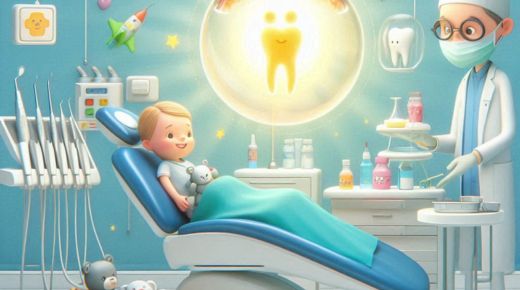
Understanding dental health is crucial for children. One important tool in this area is the X-ray. X-rays allow dentists to see beyond the surface of a child’s teeth. They help in spotting hidden issues like cavities or gum disease. These images can prevent bigger problems later, such as a root canal Texas . X-rays are a key part of keeping a child’s dental health on track.
Why Use X-Rays?
X-rays are vital in dentistry because they reveal problems not visible to the naked eye. They help in identifying issues early, which can save your child from pain and discomfort. Cavities, even when tiny, can be detected through X-rays. This early detection is crucial in providing timely care.
Types of X-Rays
There are several types of dental X-rays:
- Bitewing X-rays: These are common in routine check-ups. They show the upper and lower teeth in one section of the mouth.
- Periapical X-rays: These show the entire tooth, from the crown to the root.
- Panoramic X-rays: These provide a broad view and are helpful in assessing the development of a child’s teeth.
Safety Concerns
Many parents worry about the safety of X-rays. Dental X-rays use very low levels of radiation. According to the FDA, the amount is minimized to ensure safety. Dentists take precautions like using lead aprons to protect children during the procedure.
Benefits of Early Detection
Early detection through X-rays can have several benefits:
- Prevention: Spotting cavities or other issues early can prevent the need for more invasive procedures.
- Cost-Effective: Treating dental issues early often costs less than treating advanced problems.
- Comprehensive Care: Dentists can create a complete treatment plan with the help of detailed X-ray images.
X-Rays Frequency
How often should children get X-rays? This depends on their dental history and risk of decay. The American Dental Association suggests that children at high risk may need them every six months. Those with good oral health may need them less frequently.
Comparison of X-Ray Types
| Type | Best For | Frequency |
| Bitewing | Detecting cavities | Every 6-12 months |
| Periapical | Viewing entire teeth | As needed |
| Panoramic | Assessing overall development | Every 3-5 years |
The Bigger Picture
Regular dental check-ups, including X-rays, form the backbone of a strong dental care routine. They help ensure that any potential issues are identified and treated promptly. This proactive approach can help your child maintain a healthy smile and avoid discomfort.
Conclusion
X-rays play a crucial role in pediatric dental care. They offer a clear picture of a child’s oral health, allowing for early intervention. By understanding the importance and safety of X-rays, caregivers can make informed decisions about their child’s dental care. Regular check-ups and X-rays can lead to a lifetime of healthy smiles.